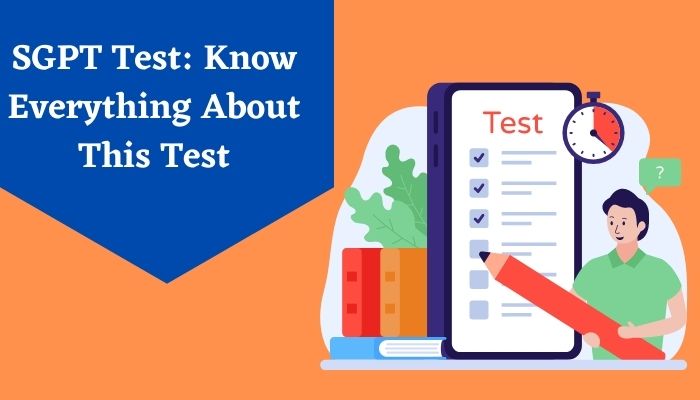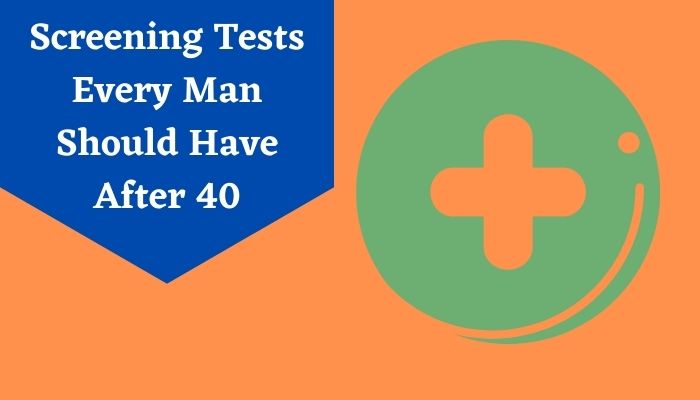Motherhood is bliss. However, that is not the only side to motherhood. In a number of instances, motherhood brings in a lot of anxiety regarding the health of the baby. Say you are a to-be mother — to begin with, know that this anxiety is perfectly normal. If you don't worry about your child, who will?
In these trying times, a number of to-be parents run for cover of NST test pregnancy.
What Is NST Pregnancy?
In simple words, a Non Stress Test (NST) is designed to critically examine the positioning and health of the child before birth. The idea behind the test is to get insight into any factors that may be putting undue pressure on the child. The prenatal test keeps a close check on the heart rate and tracks the fetus's movements. Health care givers use a cardiotocograph to record contractions in the uterine and recommend counter-measures to resolve issues, if any.Both in terms of feeling reassured and detecting the problems that a baby may have early in the day, the test has been a boon for many. Take for instance Nisha, a 35-year-old to-be, working mother.
Nisha was constantly working during her early pregnancy. In the process, she was concerned that the stress is affecting the baby's health unnecessarily. To mitigate this anxiety, she went to the hospital to check with her doctor. There, her doctor recommended her to undergo an NST test pregnancy. Like we have mentioned once already, since there is this two-fold benefit attached with the same, it is often looked at as a better option, compared to other methods.
After running the test, which put absolutely no pressure on the child, Nisha was both surprised, and grateful. She found out far more than she thought she would. Not only did she realise that her baby is doing just fine, but also got to know about the immediate measures that she has to take.
In the following section, we will talk in depth about the aforementioned test.
Things to Expect Regarding the Non Stress Test (NST)
To begin with, take note of the fact that this test is safe for both the mother, and the child. Thereafter,- The doctor in charge initially tries to read the estimated blood pressure, prior to running the test.
- The to-be mother shall then have to gently lie down, with a couple of belts tied around the belly.
- These two belts are cardinal. While one looks out for the heartbeat of the child, the other in question keeps a count of contractions.
- If a mother is expecting twin babies, the number of the belts of heartbeat goes up to two.
- While the test is on, the doctor will repeatedly keep some check on your blood pressure. This helps in understanding the condition of the baby.
- The test is both benign, and less time consuming. It ensures that the mother and the child can keep to their comfort while going through the process.
Non Stress Test (NST) Results
You can get one of two results from an NST:- Reactive: The former category, in this case, only helps in monitoring the heart beat and sharing the concerns with the parents. It is when a result is reactive, the mother can rest peacefully about the health of her baby.
- Non Reactive: A nonreactive result can naturally induce anxiety in a to-be mother, however, it is just the insight you require to address concerns early on. To be precise, this result points at the irregularity where the baby's heartbeat is concerned. However, in a number of cases, this also happens because the baby remains asleep. In such a case, the doctor might get a reading again to confirm said irregularities.


